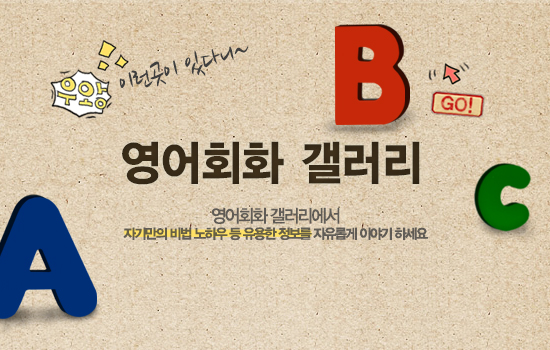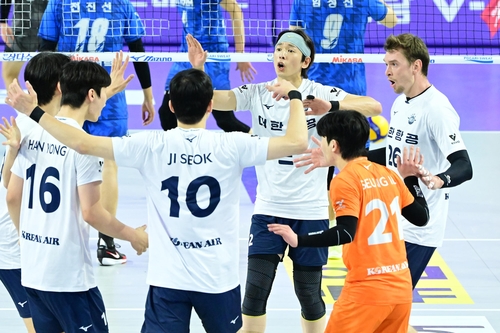For the benefit of all confused writers on this topic as well as for the general public let me clarify once and for all the facts concerning the scoring and show why Yuna Kim should have won gold. I will only address the scoring for the free program, although the scoring for the short program was also highly dubious and has attracted a lot of criticism.
As is common knowledge, the free program score for each skater is the sum of their TES (technical element score) and their PCS (program component score), the two scores carrying roughly equal weight. The TES in turn is the sum of the base difficulty value for each of the twelve technical elements, e.g. a triple Lutz and the corresponding GOE (grade of execution) score.
Now, each of the nine judges awards a grade, an integer from -3 to +3 for each technical element reflecting the quality of the execution. For every technical element, each of these values carries a specific numerical value, as determined by the ISU SoV (Scale of Value) chart. The highest and the lowest values are then discarded and the average is taken of the remaining seven values. This average is the GOE score for the element.
Yuna Kim\'s TES comprised of a base difficulty score of 57.49 and a GOE score of 12.20 giving a total TES of 69.69. Adelina Sotnikova\'s base difficulty score of 61.43 and GOE score of 14.11 gave a total TES of 75.54. Before we start delving into the details of the scoring, we must mention that Kim\'s base score should have been higher to begin with. More details will be found below.
Let\'s begin with Adelina\'s triple Lutz- triple toeloop (3L+3T) jump combination which was her first technical element of the program. A review has shown that she made an incorrect entry. It should have been made with a back outside edge, but hers wasn\'t (skaters call the mistake a "flutz"). This error carries a mandatory -0.7 GOE score but in fact she received a GOE score of +1.00. It turns out that one of the judges even gave her a base GOE score of +3.00 (remember that +3 is the highest GOE grade that can be awarded for each technical element). Furthermore, the second jump in the combination was under-rotated by more than a 1/4 turn. By ISU rules this means that the base value of the element should have been reduced by 30%, in this case by 1.80 points.
Next, we recall that Sotnikova messed up the triple flip-double toeloop-double loop combination in the middle of her routine for which she received a 0.90 GOE deduction. ISU rules stipulate that a step-out (in this case a stumble) carries a mandatory unscaled 2 point deduction translating to a 1.40 GOE deduction. So we realise that she received 0.50 points more than she ought to have for the error, notwithstanding the fact that her wildly tilted axis of rotation for the double loop should have incurred an extra GOE penalty. So for the two jump combinations, Sotnikova received at least 4.00 GOE points MORE than she ought to have and this even before we begin the head-to-head comparisons of the technical elements.
Be that as it may, we know that she received a GOE score of 14.01 for the remaining ten technical elements of the program. This is 2.81 points more than Yuna\'s GOE score for ALL of her twelve technical elements COMBINED. Except for the 3L+3T, NONE of the comparable jumps yielded Yuna a higher GOE score. This is very strange, as we recall that she executed them all flawlessly and especially as all her jumps were cleaner with better mid air positioning and were around 10cm higher off the ice than the Russian\'s. In the triple flip Adelina received a GOE of +1.50 whereas Yuna received only +1.20. In the triple Salchow, Adelina received a GOE of +1.20 whereas Yuna received +0.90. Replay shows that Adelina\'s jump was rather poor, hardly rising above the ice. For the double axel, Adelina received a GOE of +1.07, whereas Yuna received +0.79, this in spite of the Korean jumping near the end of the program for which there is a 10% GOE bonus. For the layback spin, Adelina received a GOE of +1.07, with Yuna receiving +0.64. For the change foot combination spin, Adelina received a GOE of +1.21, with Yuna receiving only +0.71.
No right thinking person would therefore deny that Yuna\'s GOE scores in all of the above categories should at the very least match the Russian\'s, if not exceed by a significant margin. Even if we are extremely generous to Adelina and we match the GOE scores for the comparable elements above, simple arithmetic shows that Yuna\'s TES should already be increased by at least 1.81points.
Furthermore, Yuna received a LOWER GOE for the triple Lutz- triple toeloop combination (+1.60) than in all of her previous international competitions. As was clear to see, it was executed perfectly. It merited a GOE of at least +2.00 as it has done throughout her career. It is also worth noting that in the choreographed sequence for which they both received +1.50, the Russian almost lost her balance towards the end.
Let us now consider the step sequence GOE marks for which Adelina received +1.70 (level 4) and Yuna +1.14 (level 3). Now, this is where the rigging truly came into its own and I will explain why later. For each of the non-jump elements, the panel decides the level of difficulty, which is an integer between 1 and 4. Now a higher level earns a higher base difficulty score. However, in the case of the step sequence, a higher level not only earns a higher base score but crucially, also a higher GOE. Let me be more specific- suppose one step sequence is deemed to be a level 3 and another a level 4. An award of +3 GOE grade to both attempts in fact translates to +2.1 GOE points for the latter but only +1.5 GOE for the former and +2 GOE grade translates to +1.4 GOE and +1.0 GOE respectively. It turns out that Yuna was given only a level 3 whereas Adelina a level 4. This was also highly questionable- even a casual observer would have noticed that the Russian was somewhat shaky in her footwork and noticeably less assured than the Korean whose technique was immaculate.
An impartial judge would have therefore, at the very minimum, awarded Yuna with the same level and the GOE score as her Russian counterpart for the step sequence.
With all of the above points taken into consideration, simple arithmetic shows that Yuna\'s TES should have been increased by at least 2.97 points. Add to this the further mandatory 4.00 point deduction Adelina\'s should have received for the jump errors and we end up with a total swing of 6.97 points.
Now, the difference in the final scores between the two skaters was 5.48 points. Hence merely on the basis of the correction to the TES alone, Yuna Kim should have been crowned as Olympic champion.
Next, consider the PCS (program component score) which evaluates the artistic merit of the program. Five categories are assessed: skating skills, transition, performance/execution, choreography and interpretation. Each is marked out of 10, averaged and then multiplied by a factor of 1.6. Sotnikova scored an average of 9.30 out of 10 to give a PCS of 74.41, including a mark of 9.50 for choreography. This is compared to Yuna Kim\'s PCS of 74.50. Again, any impartial observer will agree that Yuna Kim\'s performance in all of the five categories above was of a far superior quality, especially in the choreography and interpretation sections. That Sotnikova got to within 0.09 of Kim in the PCS is simply ludicrous.
Let me finish by addressing the one unresolved question alluded to above, namely how is it possible that Kim\'s base difficulty TES score for the step sequence was manipulated. The answer lies not with the judges but with the technical controller and his two assistants who alone have the authority to set the difficulty level of the spins, the step and the spiral sequences. It turns out that the controller was a Russian, Alexander Lakernik, who was the former vice president of the Russian figure skating federation and that the assistant technical specialist was a former Russian, Olga Baranova, who apparently just so happened to be a former skating coach of Sotnikova.
So all this leads to just one inescapable conclusion- that Yuna Kim was robbed of her rightful Olympic gold medal in Sochi. And such has been the subtlety and skill with which the scoring was massaged that many commentators have yet to grasp exactly how the manipulation took place.+










댓글 영역
획득법
① NFT 발행
작성한 게시물을 NFT로 발행하면 일주일 동안 사용할 수 있습니다. (최초 1회)
② NFT 구매
다른 이용자의 NFT를 구매하면 한 달 동안 사용할 수 있습니다. (구매 시마다 갱신)
사용법
디시콘에서지갑연결시 바로 사용 가능합니다.